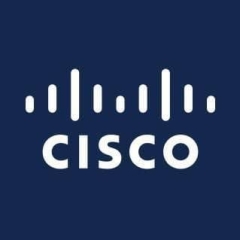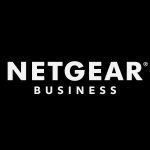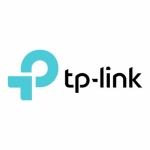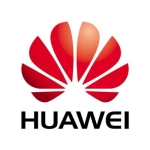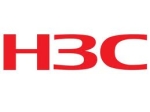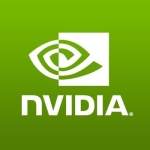What is our primary use case?
We use this solution for LAN connectivity. We also use it for routing capabilities. It can become an L3 switch.
What is most valuable?
Cisco has a well-maintained library of maps and features that we use to monitor.
One of the most valuable features is the IP SLA feature that allows you to connect the routes or to switch the routes when there is static. Also, the flow exporter tells you which host is using a lot of traffic or where they all are transferring data.
It gives you transparency into your network.
It supports multicast routing. We use Ganglia to monitor the Condor Grid. Ganglia transmits statistics that are multicast. Because it has multicast forwarding routing capabilities, it is also usable.
IP SLA or NetFlow are things that are presented in Catalyst and are extremely easy to use.
It also supports QoS. Basically, it can configure layer 2 or layer 3 QoS to prioritize the traffic that we want.
They have a robust monitoring system.
What needs improvement?
Most of the time, I struggle with the bugs. I don't find it very challenging to configure these because I have been using them for the last eight years, so I am pretty comfortable with the CLI. With these bugs, I don't know the configuration for a one time task, you configure it, you deploy it, and you forget about it.
The biggest issue we are having is with bugs and memory loss, which occurs when developing the IOS.
We also had an issue with Nexus 3548. The CPU started stalling and the switch became unresponsive. We had to call support and have someone remove that cable immediately, as we are not able to travel due to the COVID situation. Once the cable was removed, the switch came back to life.
I searched through the log and learned what happened. The CPU was stalled for 11 seconds. I searched Google and on the Cisco bug tracker, and I found that it was a bug. There is no workaround for that. It was a huge loss for us and we lost money as a result.
There was nothing that I could have done to prevent this from happening. This is a management interface that is supposed to be used to manage the device. I connected the cable not knowing that the bug existed.
For how long have I used the solution?
I have been working with Cisco Catalyst Switches for eight years.
What do I think about the stability of the solution?
We are going to be upgrading to the latest version because there are a few bugs in the release that we are currently using. We are facing issues with it causing the memory to be depleted. The bug is in the operating system itself.
Despite the bug issues we are facing, it is a stable solution. It is partly our fault as we have not upgraded to the newer version.
What do I think about the scalability of the solution?
This solution is scalable. I don't think that it is stackable, but with a recent Catalyst that we have purchased, it provided four 10G uplinks.
Catalyst is installed in a central location. Everyone who connects to the company network goes through a Catalyst switch, one way or another. The switch is placed strategically so that we have the data of every incoming and outgoing connection. There can be 100 to 200 users.
How are customer service and technical support?
We raised a case with the memory leak issue that we were facing and they said that we will need to update our device. In general, they are very good at what they do.
How was the initial setup?
The initial setup was extremely simple. We are engineers and know the plan beforehand how it will be used, how many ports will be used, what kind of configuration it will have, where the ports will be connected, and where the device will be mounted.
It's easy for us to configure and deploy. It takes two to three hours.
The device goes into the co-location center, where our cabinets are. The switch is mounted and we configure a management IP on that interface.
What about the implementation team?
The deployment doesn't always involve us, as we are not always able to travel to the locations. Instead, we ask them to contact the vendor to install and connect the device.
The implementation is done through a vendor and our team.
What's my experience with pricing, setup cost, and licensing?
They install licenses for 24 ports and then an additional 24 ports. The client is able to use the 48 ports or just 24 port if they want.
The cost of a license before COVID and before the lockdown was approximately three lakh 70,000 in Indian Rupees. After this COVID situation, the cost has gone down to two lakh 46,000 rupees.
The additional cost depends on where the device is being installed. If it's shared then we have to pay the rent for that cabinet where the device is being installed.
The device has only the chassis cost and the licensing cost.
In two or three years, we renew the support contract and that is an additional charge.
What other advice do I have?
Our environment includes a heterogeneous network. It's not all in the same place geographically, where some of the servers are in India, some are in Delhi, some are in Mumbai, London, Chicago, and Brazil.
The monitoring of the device is in the day-to-day operations.
We don't have a lot of traffic, we run simulations. We need high-capacity servers. In terms of network devices, we don't need much. When we need better switches or better devices, we have Nexus. They are used so that there is the lowest latency possible and maximum throughput.
We have point-to-point lead lines to connect to those sites, as well as architect tunnels.
Overall, it's a very robust switch and it's very nice.
I would rate this solution an eight out of ten.
Which deployment model are you using for this solution?
On-premises
Disclosure: My company does not have a business relationship with this vendor other than being a customer.

